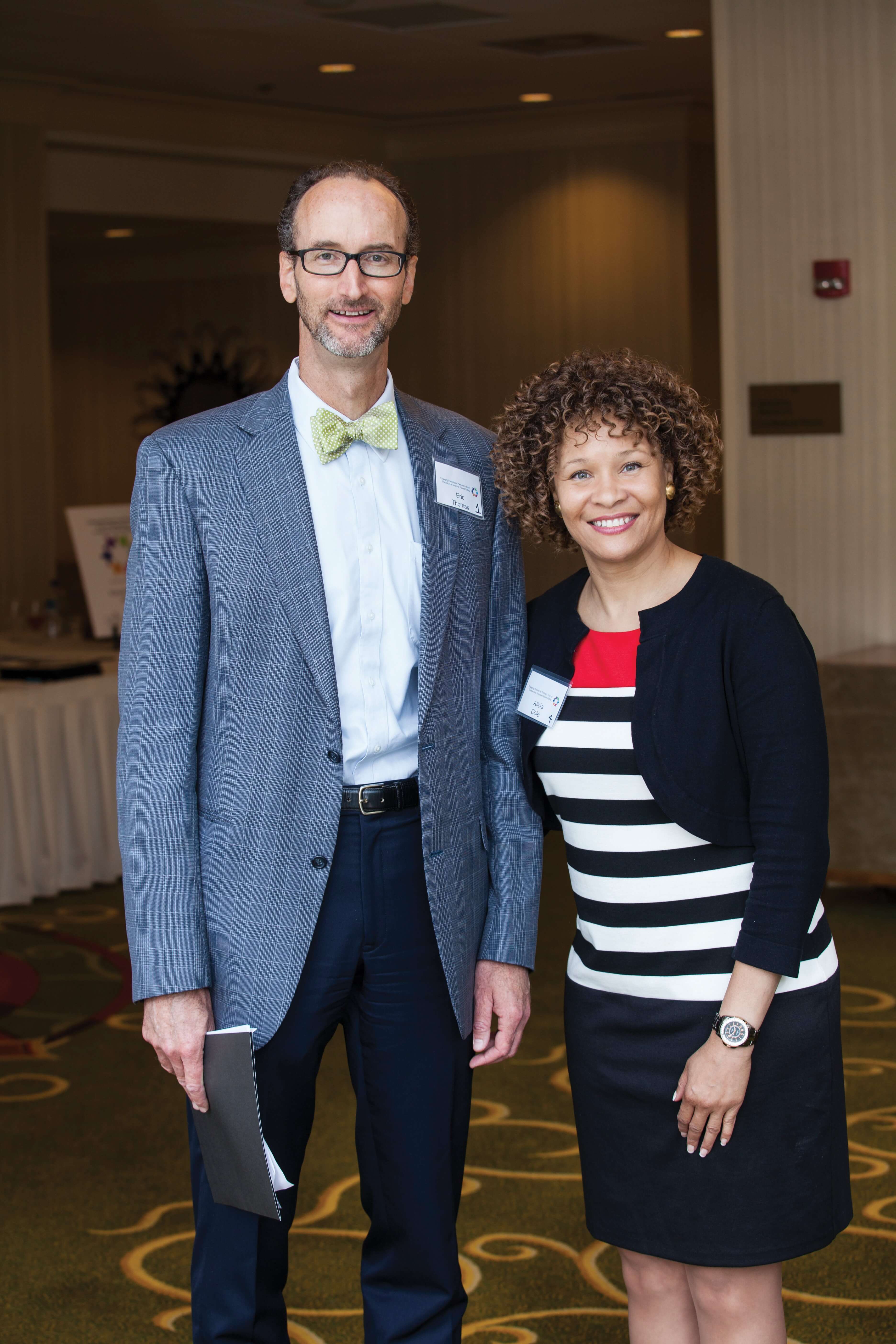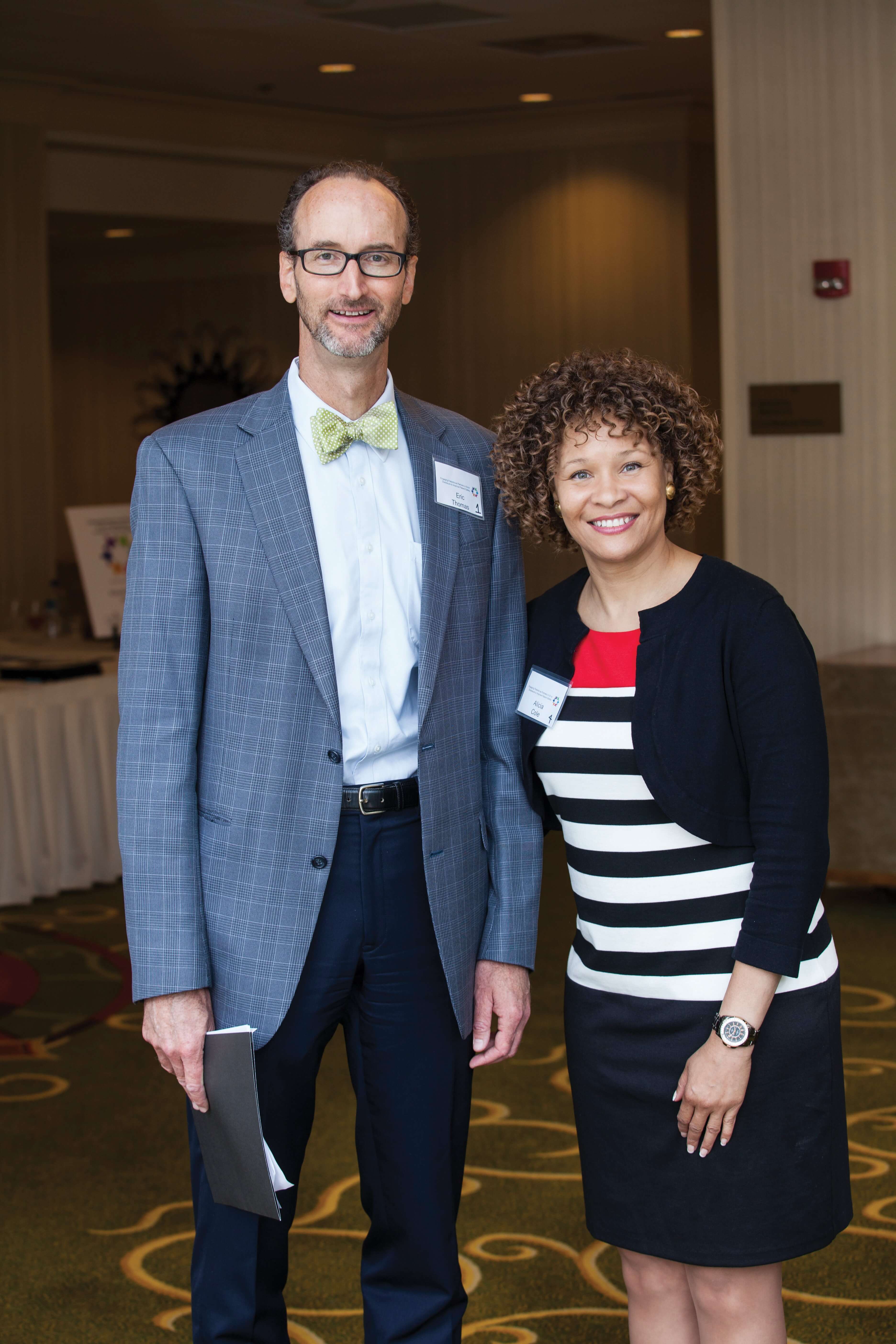Patients As Partners

The potential to learn from our mistakes and improve upon them is limitless—it’s a defining characteristic of being human. In health care, a field where medical errors claim up to 98,000 lives each year, according to a 1999 report from the Institute of Medicine, the necessity of learning from those mistakes requires transparency, communication, and courage.
When a medical error occurs, a patient is typically informed of the mistake, but he or she is frequently not involved in the follow-up investigation. New research led by faculty at The University of Texas Health Science Center at Houston (UTHealth) Medical School suggests that clinicians may be able to enhance patient care by better utilizing the input of their patients. Their findings appeared in the January issue of the peer-reviewed journal, Health Affairs.
“We’ve learned that a health care organization which does not ask patients what they know about the causes of the error that harmed them has unfortunately decided up front to have an incomplete picture of what happened and why,” reflected Eric Thomas, M.D., MPH, the study’s senior author and professor of medicine at the UTHealth Medical School. “This limits the organizations’ ability to learn and improve.”
Thomas and his colleagues interviewed 28 people with firsthand medical error experience during the first phase of his study. Nine were patients or the family members of patients impacted by an adverse event. In addition to recounting their personal experiences, patients and their families shared their thoughts on how they would like to see follow-up inquiries handled. The remainder of those interviewed were clinicians or administrators at hospitals owned or affiliated with The University of Texas System, who reported that patients and their families were typically not included in post-event analysis.
Alicia Cole, a patient safety consultant who was unwittingly thrust into the realm of advocacy after contracting a preventable hospital-acquired infection in 2006, was one of the patients interviewed. “The thing that struck me is that when I was interviewed, the questions themselves didn’t seem to be judgmental or dismissive,” she said. “I’ve been interviewed before and if you’re asked a question and start really delving into the answer, and it doesn’t reflect positively on the hospital, then the next question veers into the opposite direction. They didn’t do that—they really wanted to hear the good, the bad and the ugly.”
Cole is no stranger to consequences of medical complications. Following a routine procedure, she immediately began showing classic signs of sepsis. Instead of being discharged after two days, Cole spent the next two months in the hospital fighting for her life.
She had contracted a severe, tissue eating, hospital-acquired infection, which resulted in a bedside surgery, five more operations and nearly cost Cole her leg, as well as her life. Since her recovery, she has gone back to school and received a Graduate Certificate in Healthcare Management and Leadership from the University of California, Los Angeles in order to better collaborate with administrators and policy makers.
“We need to begin to involve patients in every step of the disclosure of medical errors, from investigations to surveys given as soon as they leave the hospital,” she added. “Rather than be afraid of patient input, it’s about embracing it.”
While many health care institutions aspire to communicate with patients and families after an adverse event, investigating what happened is a parallel, separate process known as the event analysis. One way for hospitals to involve patients in patient safety efforts is to include them in the event analysis, allowing them to offer their unique perspective and a privileged vantage point.
“There are so many benefits to involving patients. You’re going right to the source,” said Cole. “Patients are experiencing a health care facility 24/7, and they’re not experiencing it in silos. A patient has experienced every department, from housekeeping to coordination of care. They can give you a 360-degree view of your facility, as opposed to a singular, administrative perspective that arises when health care leadership is talking to one department at a time.”
Historically, involving patients who have been injured as the result of a medical error hasn’t been standard procedure. The possible legal risks have made health care providers, as well as clinicians, concerned about potential litigation. In addition, staff members might feel inhibited in the presence of the patient, making it more difficult to disclose important information. Timing is a delicate factor, balancing the desire for patient input with sensitivity towards their emotional distress.
The next step in the process, according to Thomas, is to try and address the barriers to engaging patients in the analysis and learning process after their own event. “To do that, it takes a very strong degree of institutional commitment, and even a little bit of courage,” he said. “It’s essential that top leadership, as well as clinicians and quality improvement and risk management departments, are supportive, paving the way to provide more education and implement change.”




